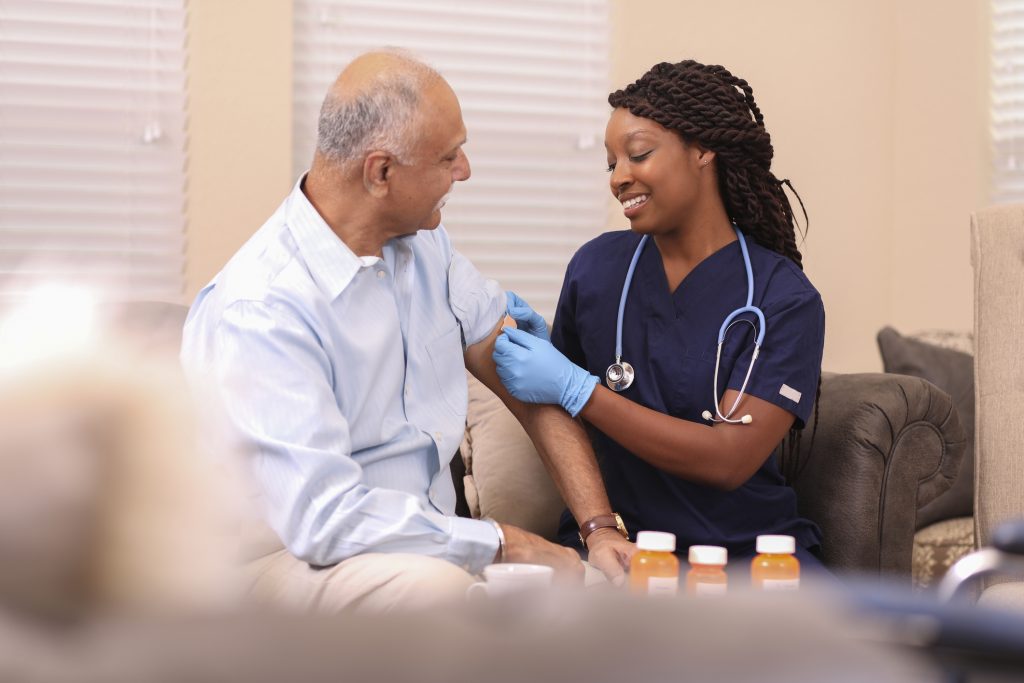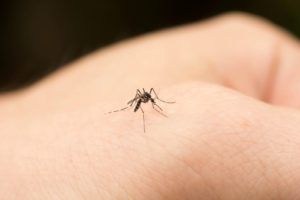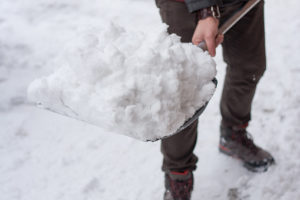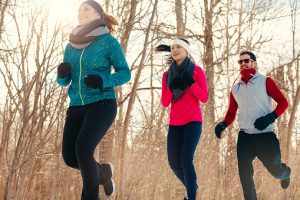With flu season upon us, it is recommended that everyone six months and older receive their annual influenza (flu) vaccine. This is especially true for senior citizens as they are at a greater risk of developing serious complications from the flu. While there is no debate over whether or not seniors should get their flu shot, there is one about what type of vaccine they should receive.

Many providers are now recommending that patients over the age of 65 receive the vaccine Fluzone, a higher dose injectable vaccine formulated specially for seniors. Like other flu vaccines, Fluzone is comprised of three different strains of the influenza virus that are most likely to cause the flu during the upcoming season. However, Fluzone contains four times the amount of antigen (the inactivated virus that promotes a protective immune response) as a regular flu vaccine and produces a stronger immune response.
This high-dose vaccine was created specifically for seniors because their immune defenses are weakened due to their age. It is estimated that approximately 75% of seasonal flu-related deaths have occurred in people 65 years and older and between 50% and 70% of seasonal flu-related hospitalizations have occurred among people in this age group.
The results of seniors who have taken high-dose vaccines are promising. Initial studies have indicated that 25% fewer cases of influenza occurred in adults 65 years or older who took the high-dose vaccine compared with those who took the standard-dose vaccine, but other studies also revealed that seniors who received the high-dose vaccine were more likely to develop side effects, such as a fever and soreness at the injection site, during the week after vaccination.
If you are over 65 years old and still haven’t received your flu vaccine this year, speak to your doctor about whether or not a high-dose vaccine is right for you.
If you would like to make an appointment with a doctor at Flushing Hospital, please call 718-670-5486.
All content of this newsletter is intended for general information purposes only and is not intended or implied to be a substitute for professional medical advice, diagnosis or treatment. Please consult a medical professional before adopting any of the suggestions on this page. You must never disregard professional medical advice or delay seeking medical treatment based upon any content of this newsletter. PROMPTLY CONSULT YOUR PHYSICIAN OR CALL 911 IF YOU BELIEVE YOU HAVE A MEDICAL EMERGENCY.




